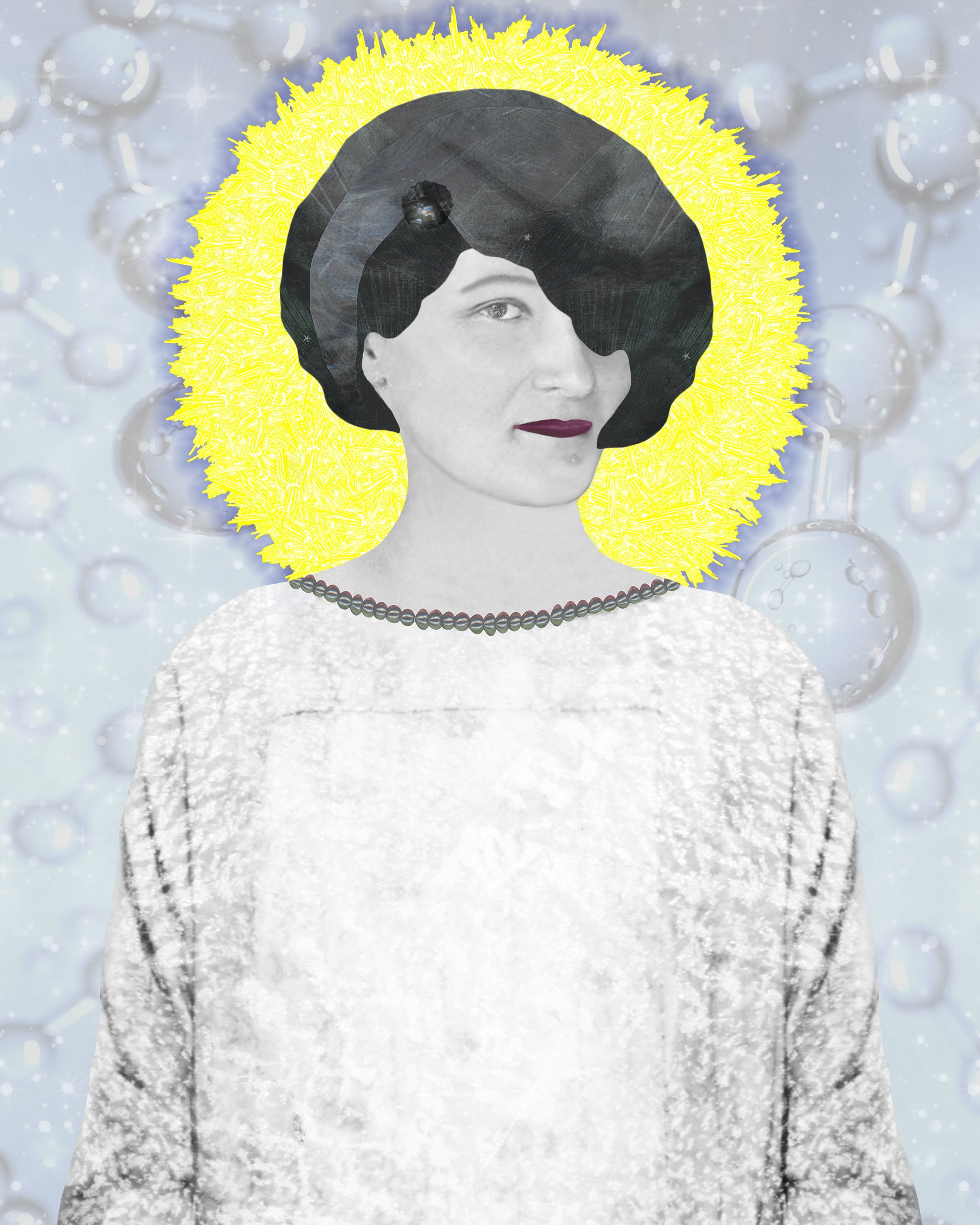HYDROGEN QUEEN
ASTRONOMER | ASTROPHYSICIST | EDUCATOR
Cecilia Payne, a pioneering astrophysicist, transformed our understanding of the universe with her groundbreaking work in the 1920s. Born in 1900 in England, Payne faced numerous barriers as a woman in science but pursued her passion with relentless determination.
Her most significant contribution came in 1925, while she was a graduate student at Harvard University. Payne’s doctoral thesis proposed a revolutionary idea: stars are primarily composed of hydrogen and helium, rather than the heavier elements that were previously believed to be their primary constituents. Her work, initially met with skepticism, was based on the application of quantum mechanics to stellar spectra.
Despite the innovative nature of her research, Payne’s ideas were largely overshadowed by the work of other scientists at the time. It was only later, with the support of other astronomers like Otto Struve and the validation of her theories by subsequent observations, that the scientific community fully recognized her contributions.
Payne’s work laid the foundation for modern astrophysics, influencing the study of stellar evolution and the composition of celestial bodies. Her perseverance and intellectual courage were instrumental in advancing our knowledge of the cosmos.
Today, Cecilia Payne is celebrated not only for her groundbreaking scientific discoveries but also for her role as a trailblazer for women in science. Her legacy lives on through her transformational insights and the countless scientists she inspired with her dedication and brilliance.


